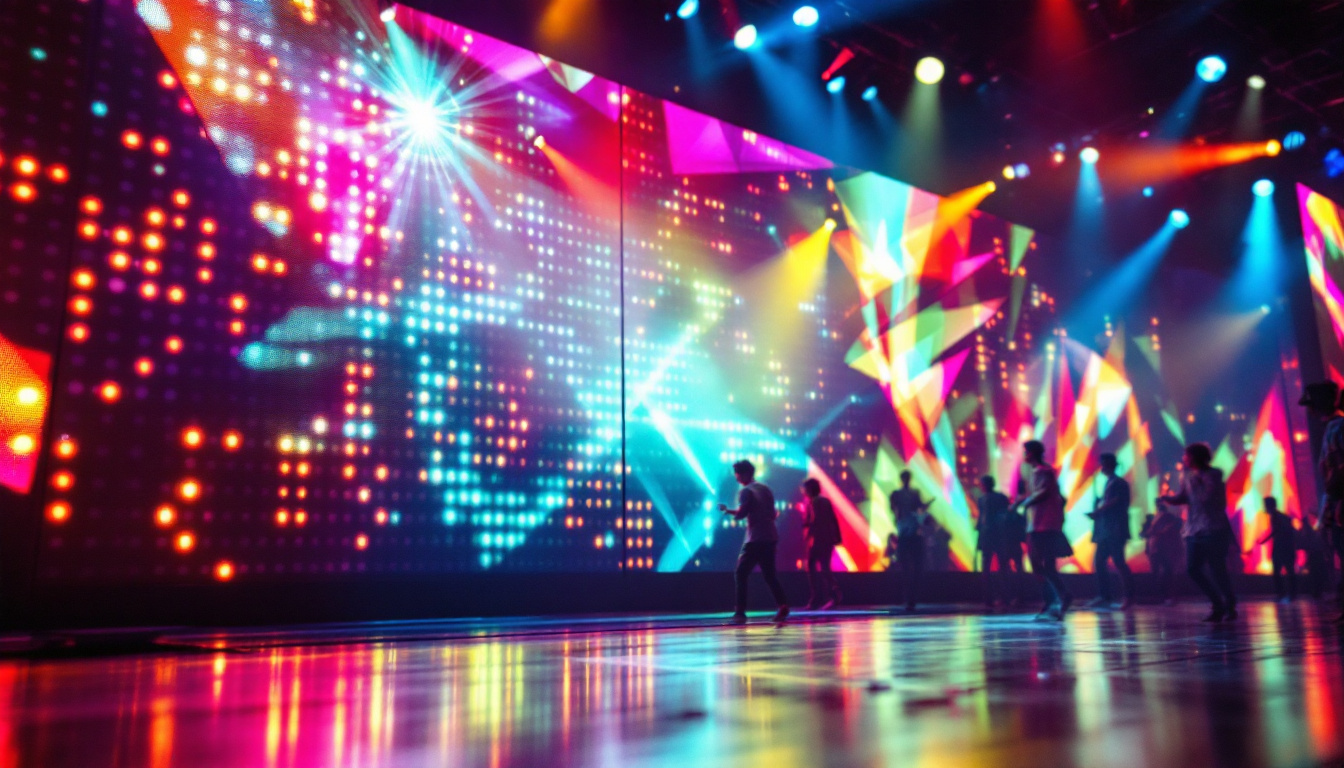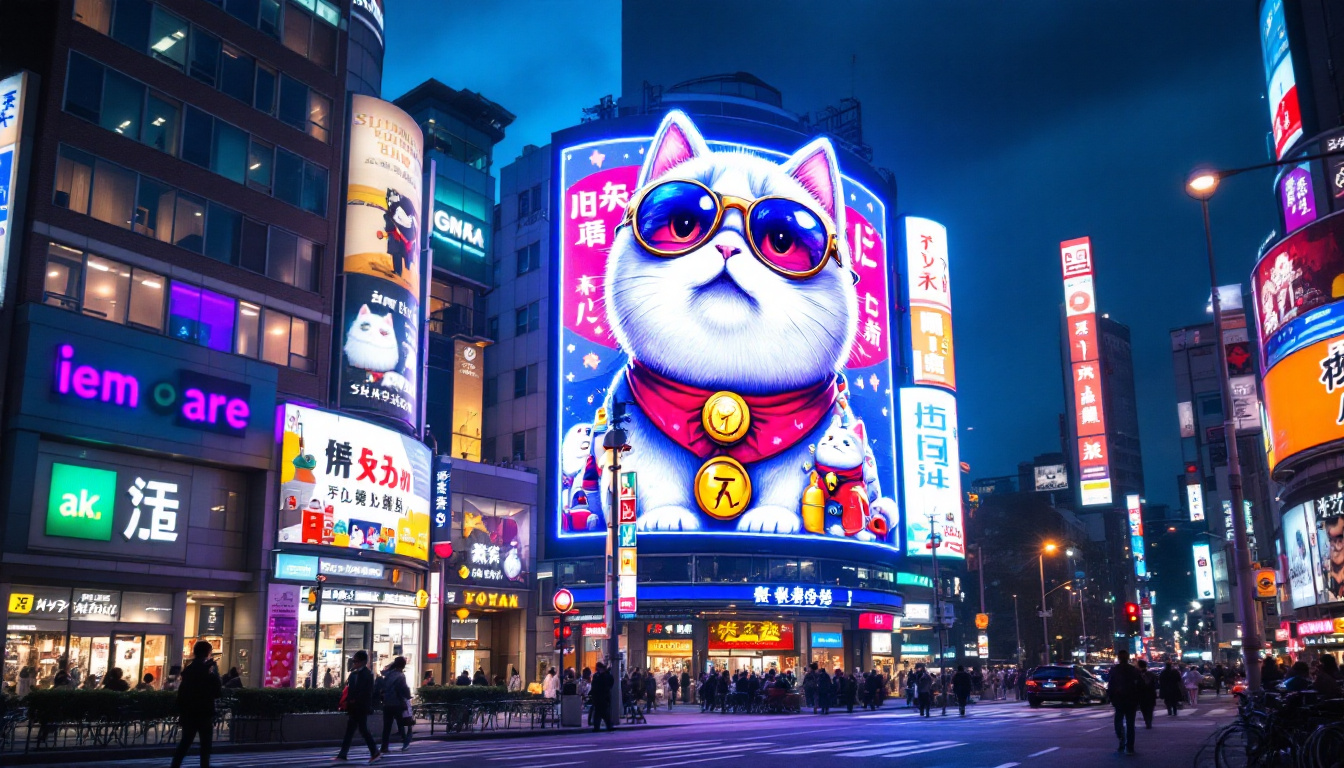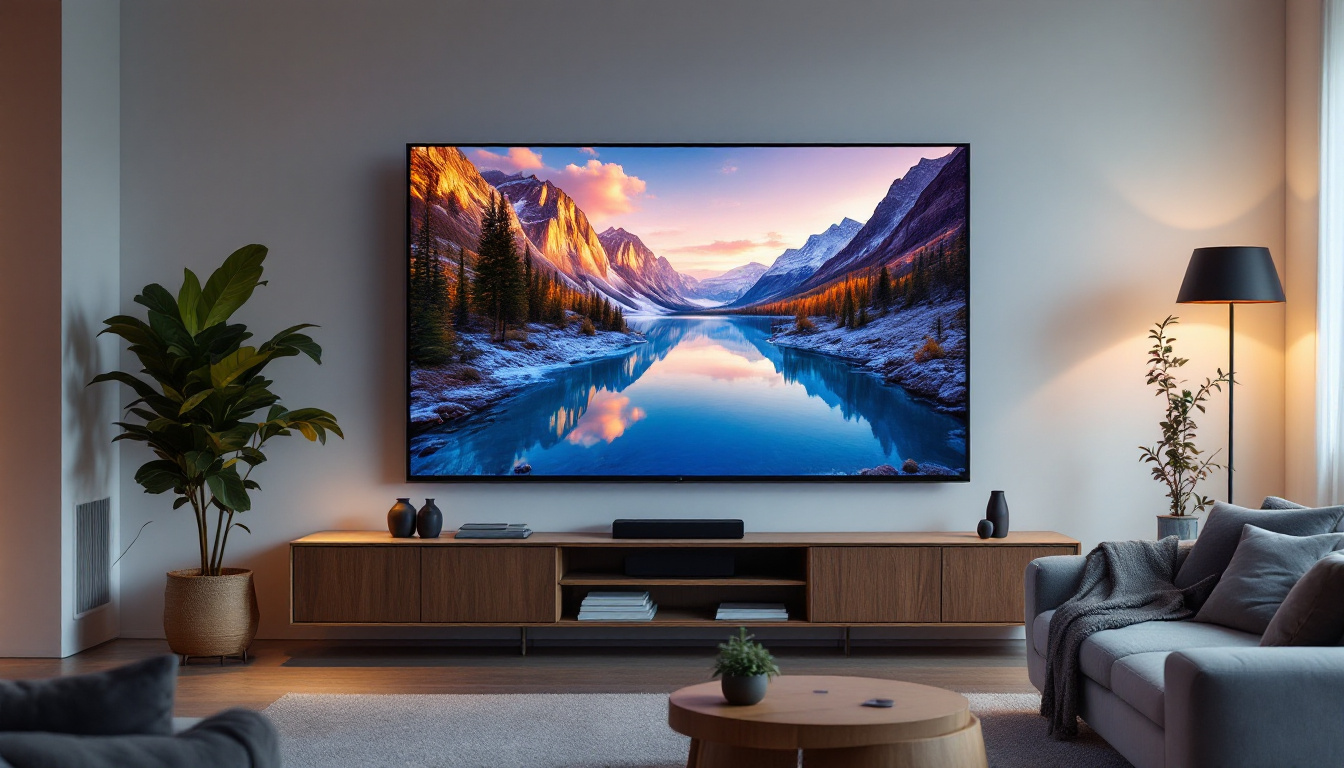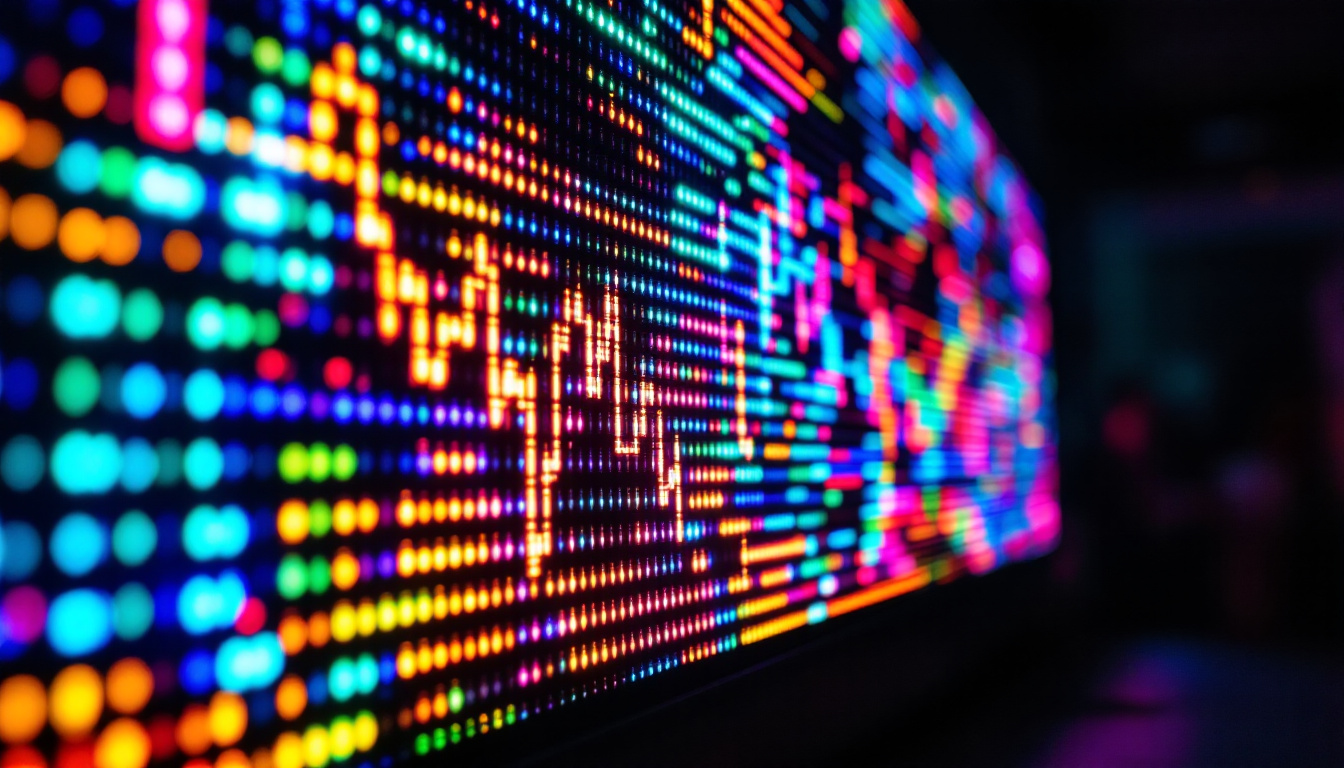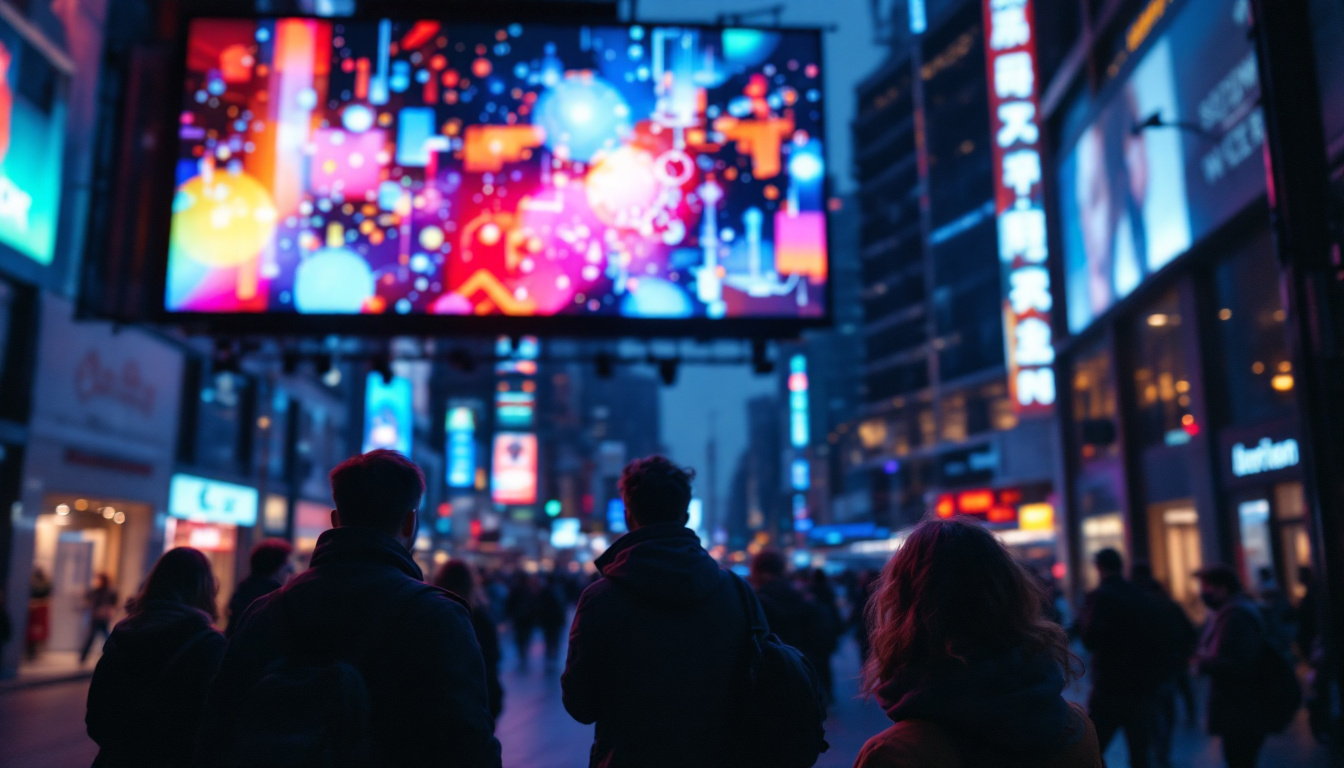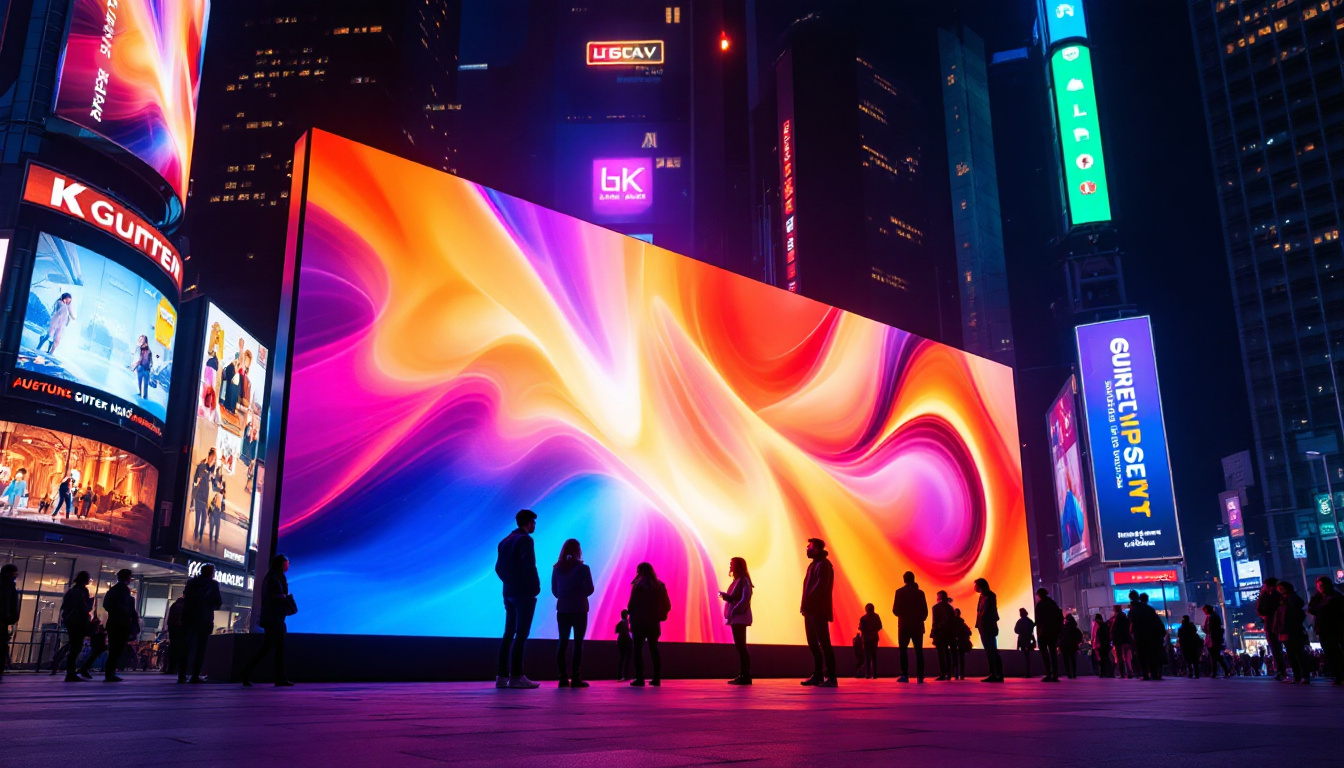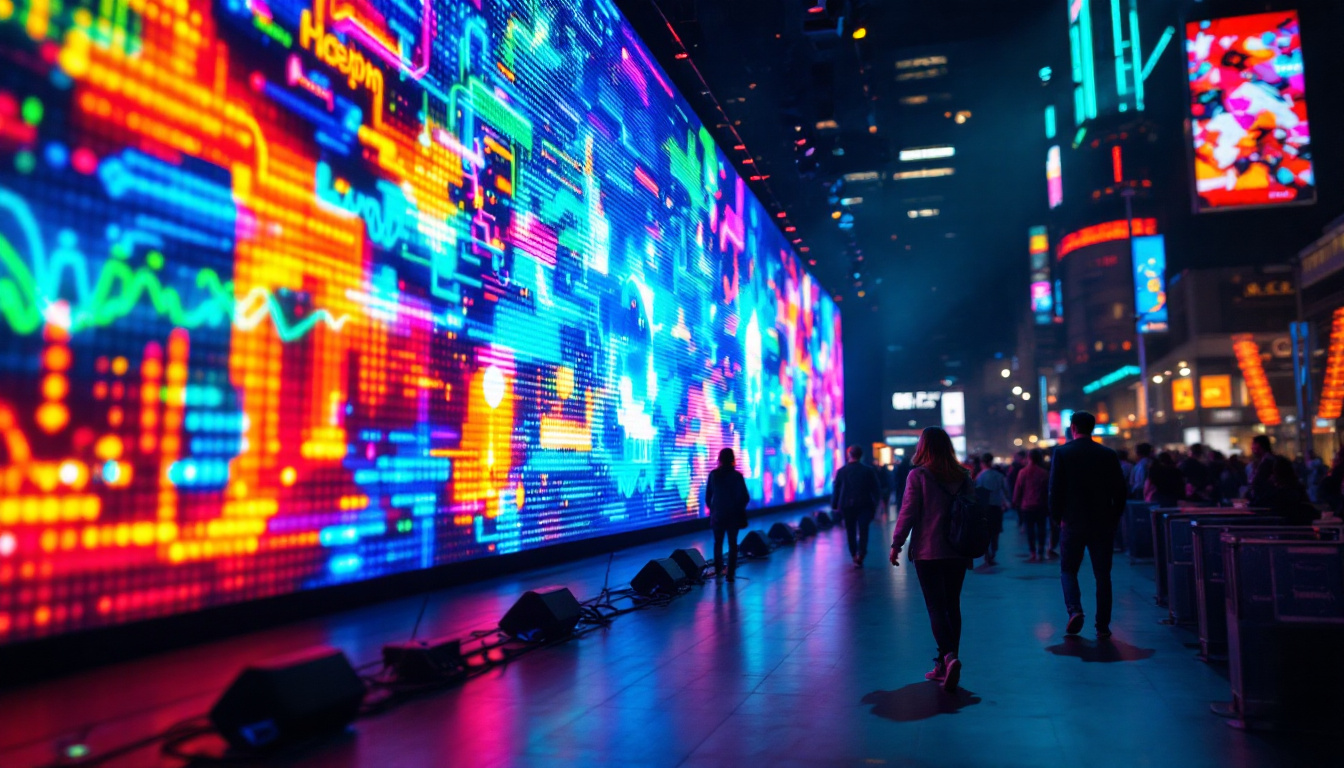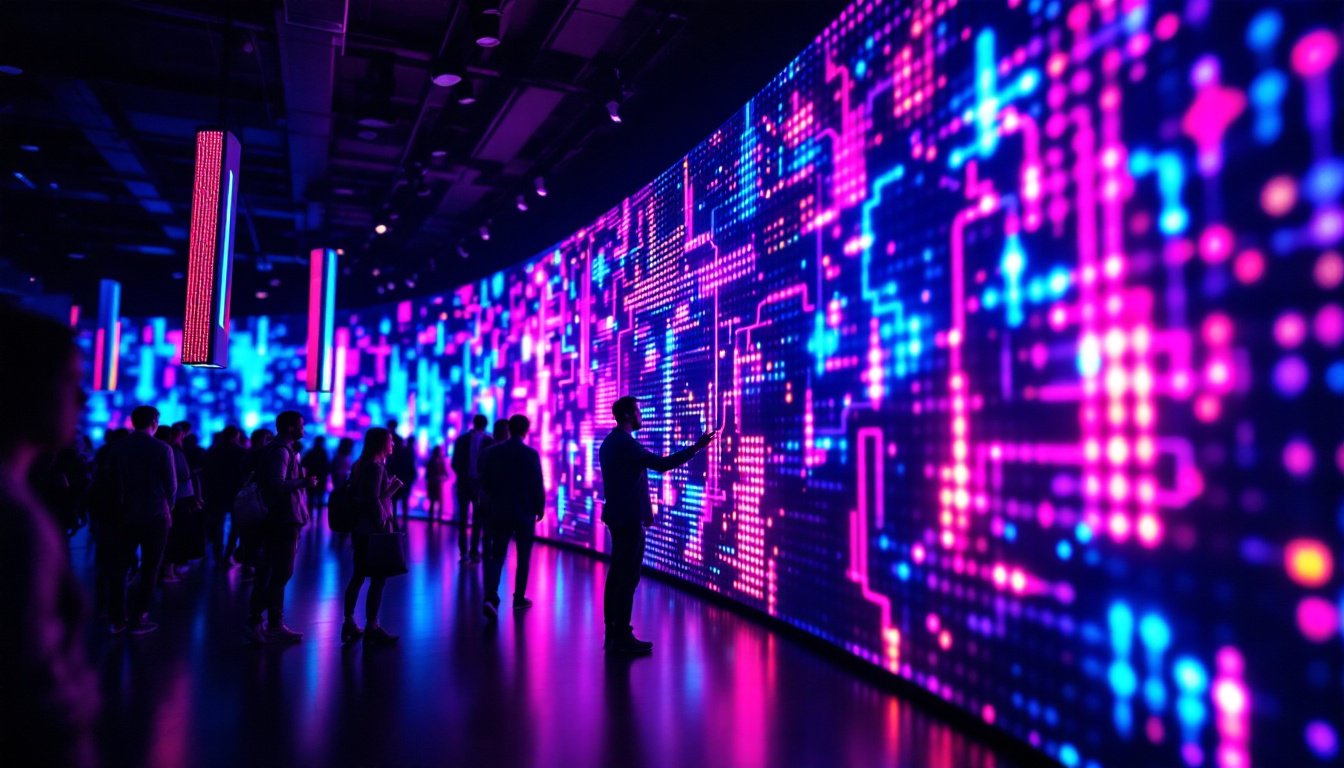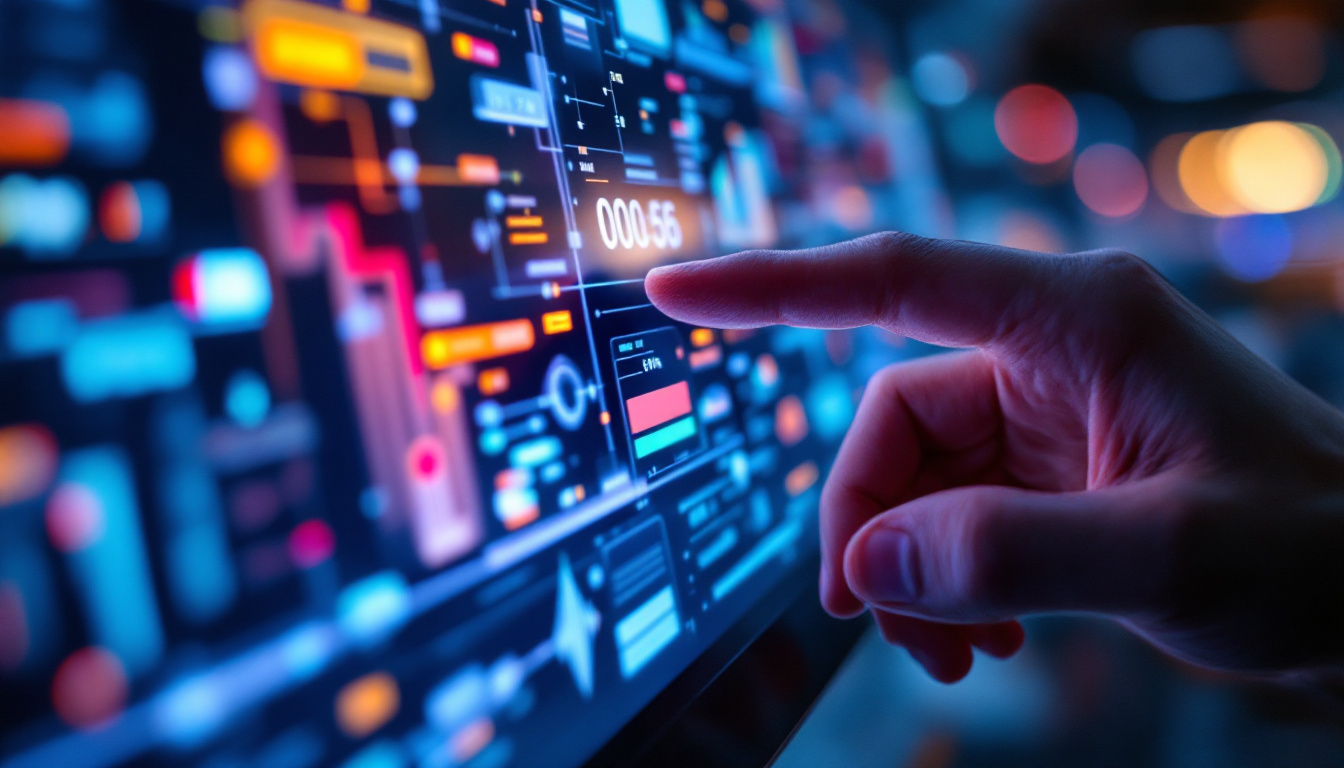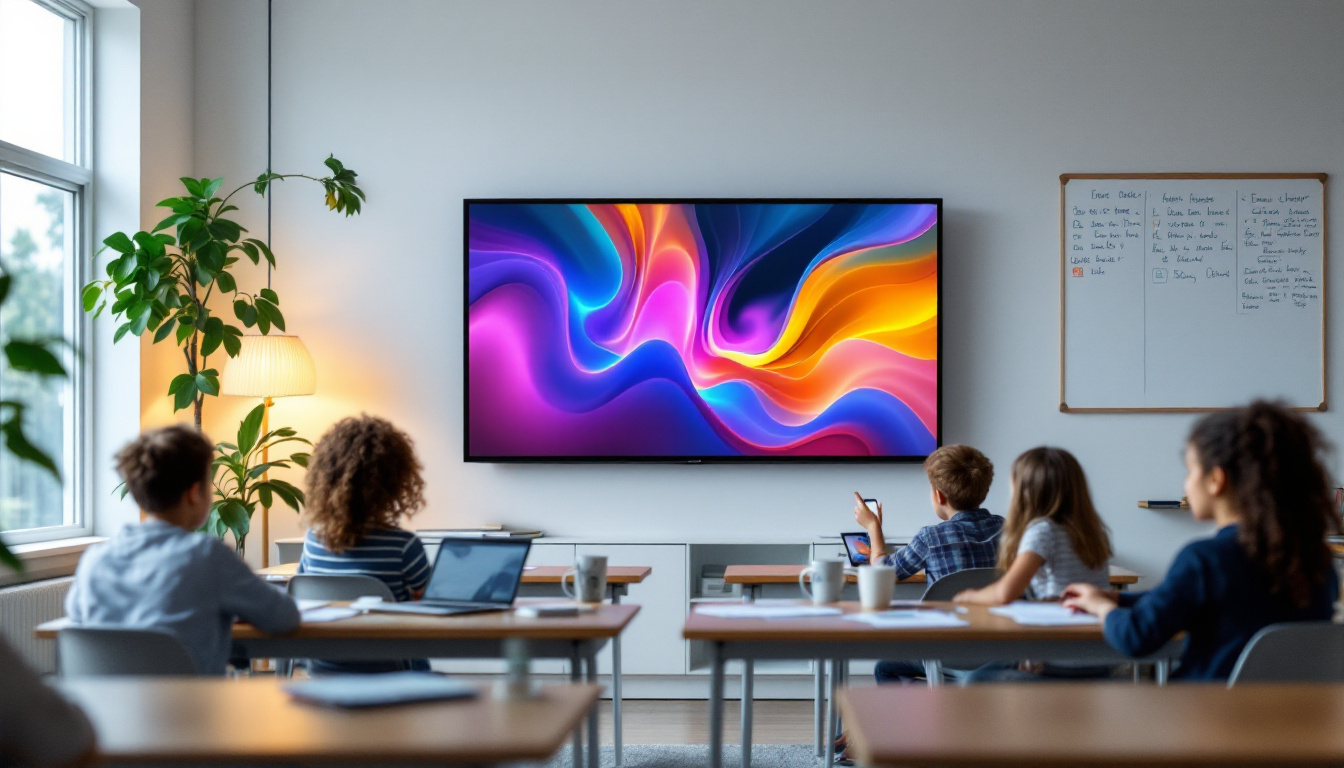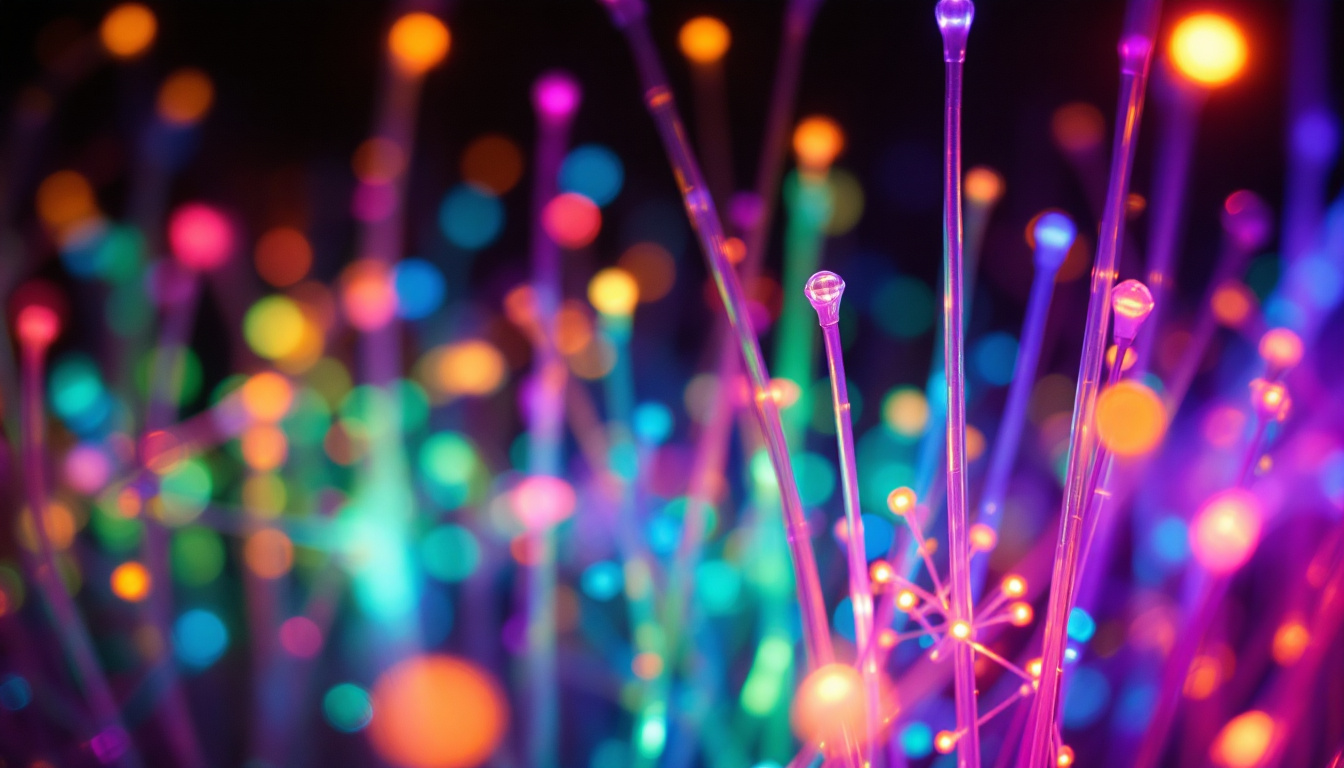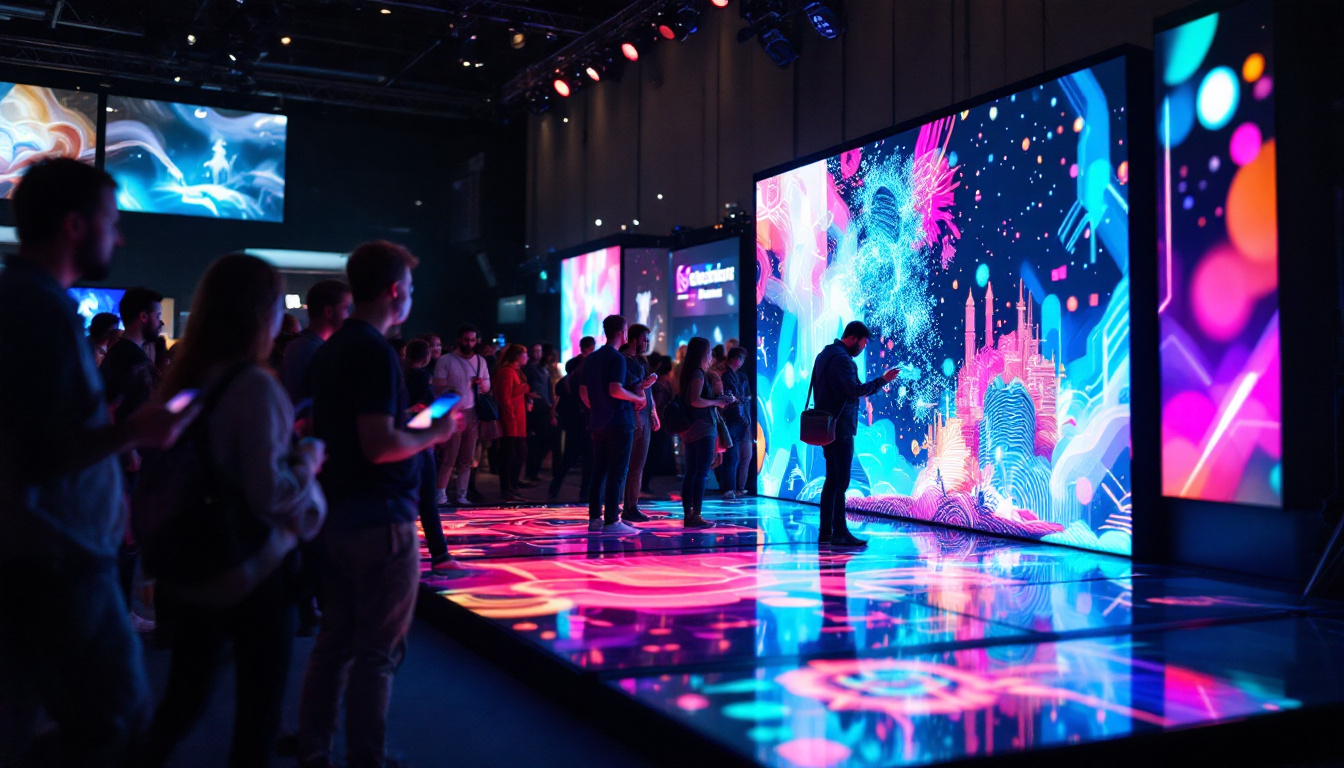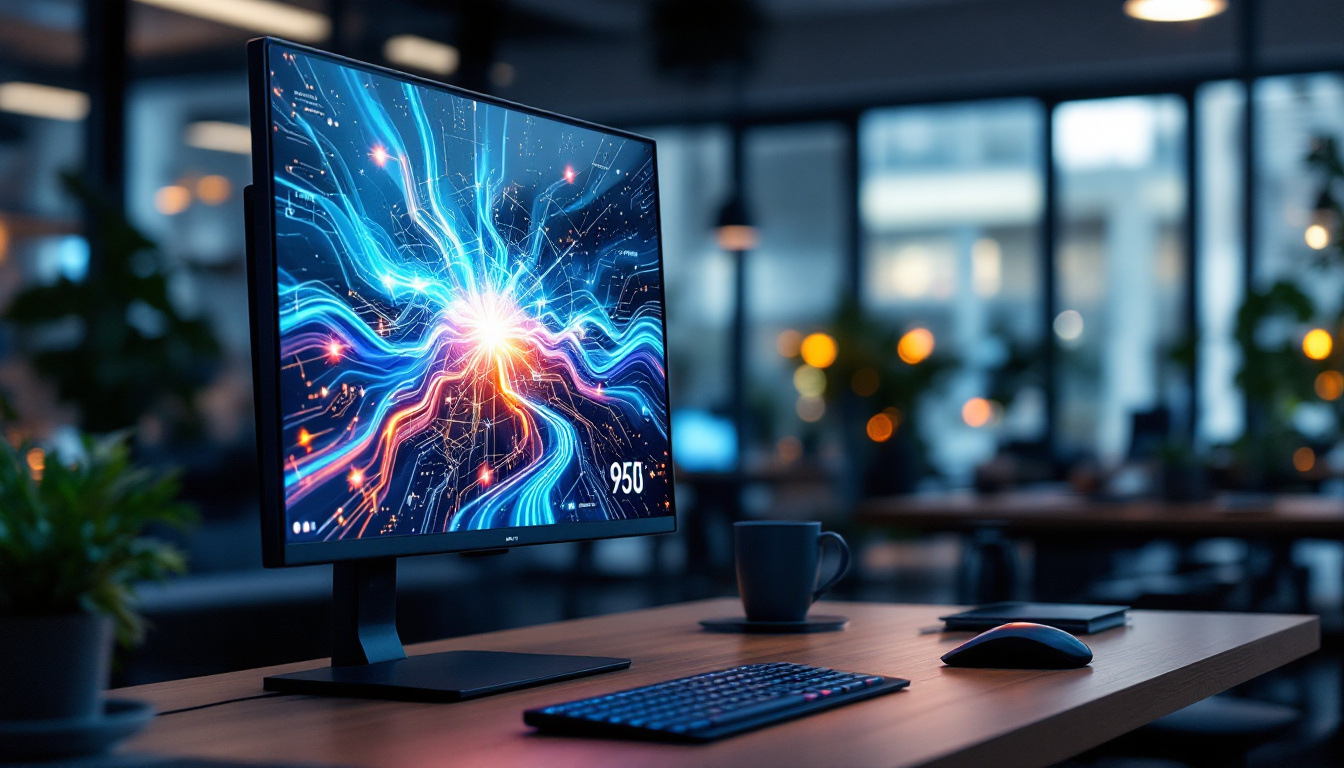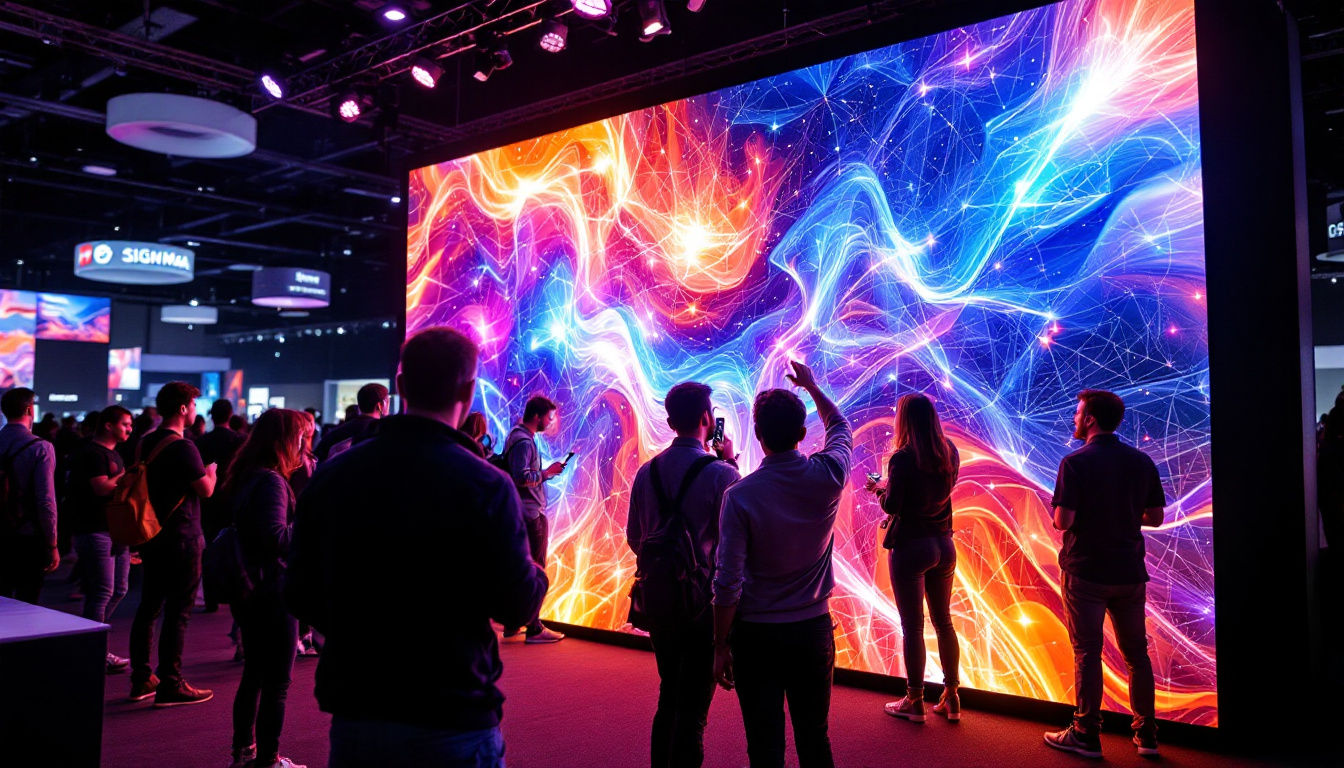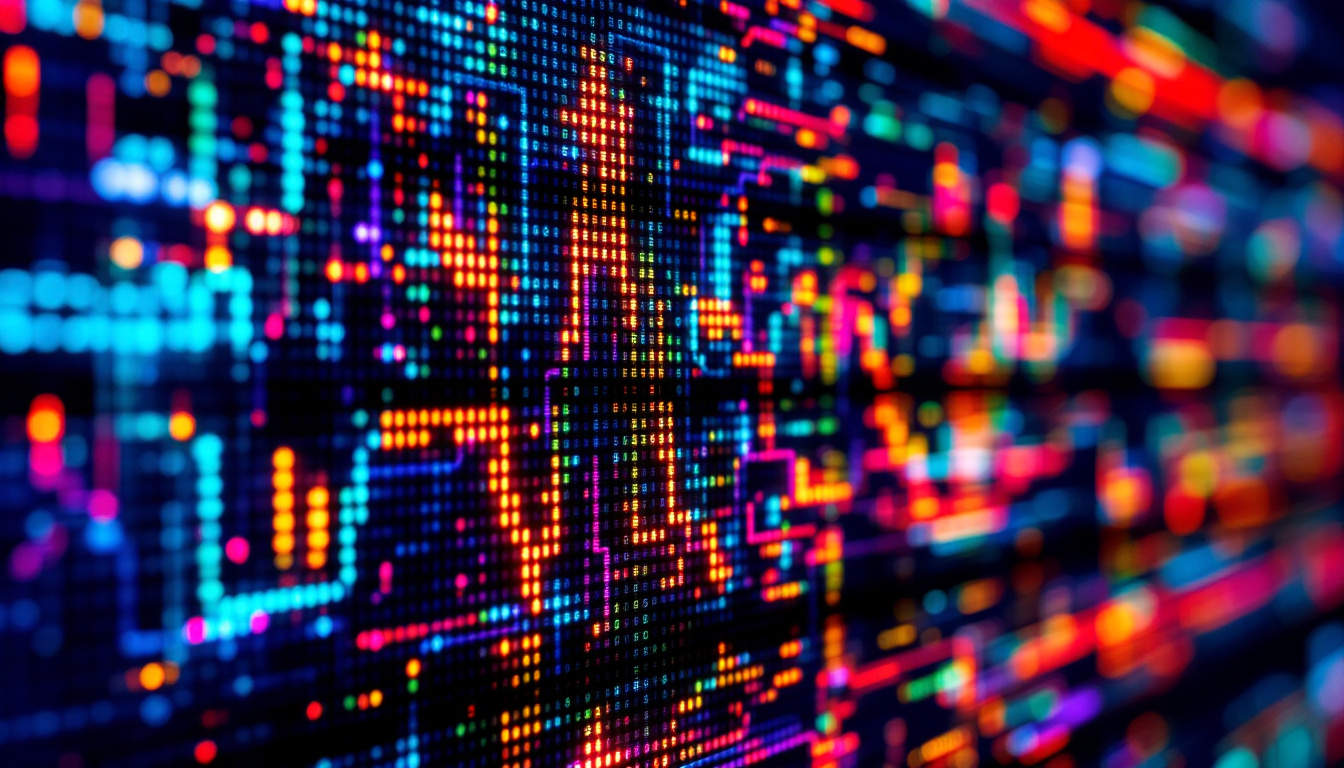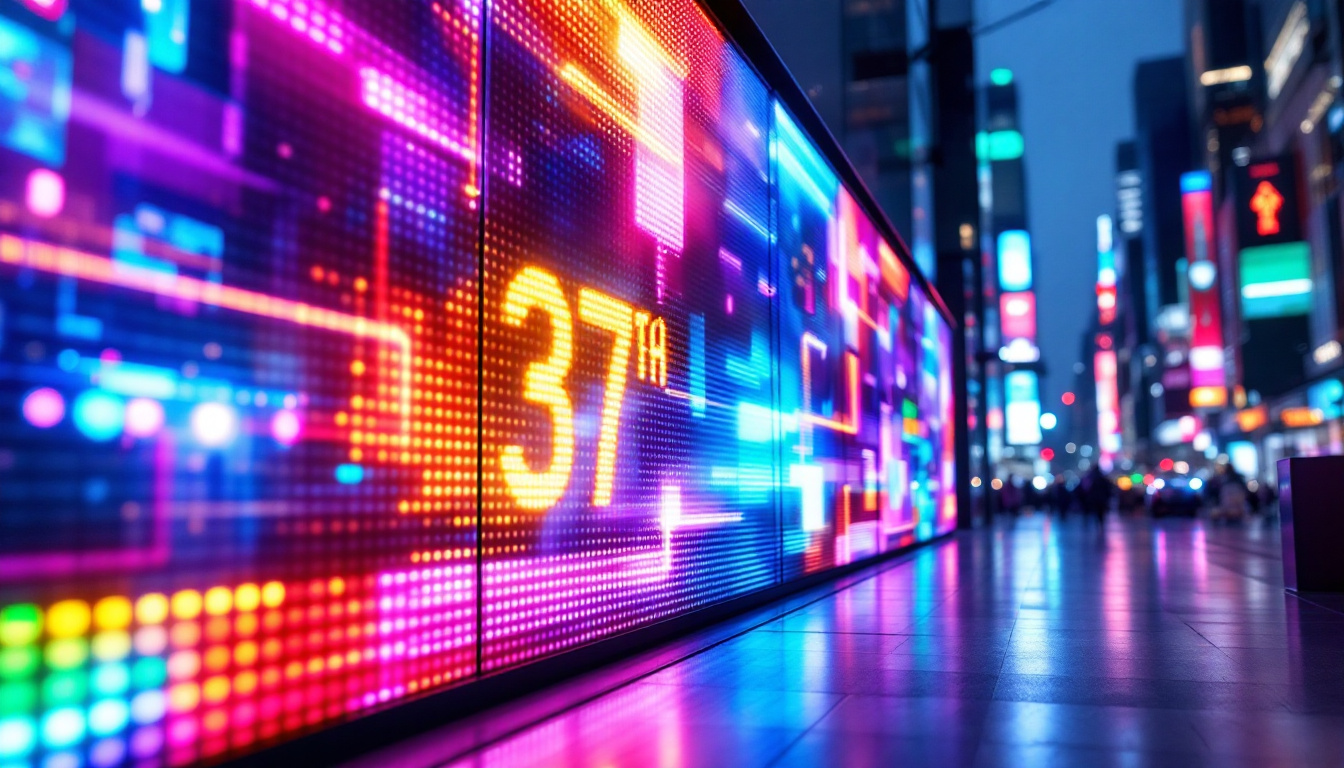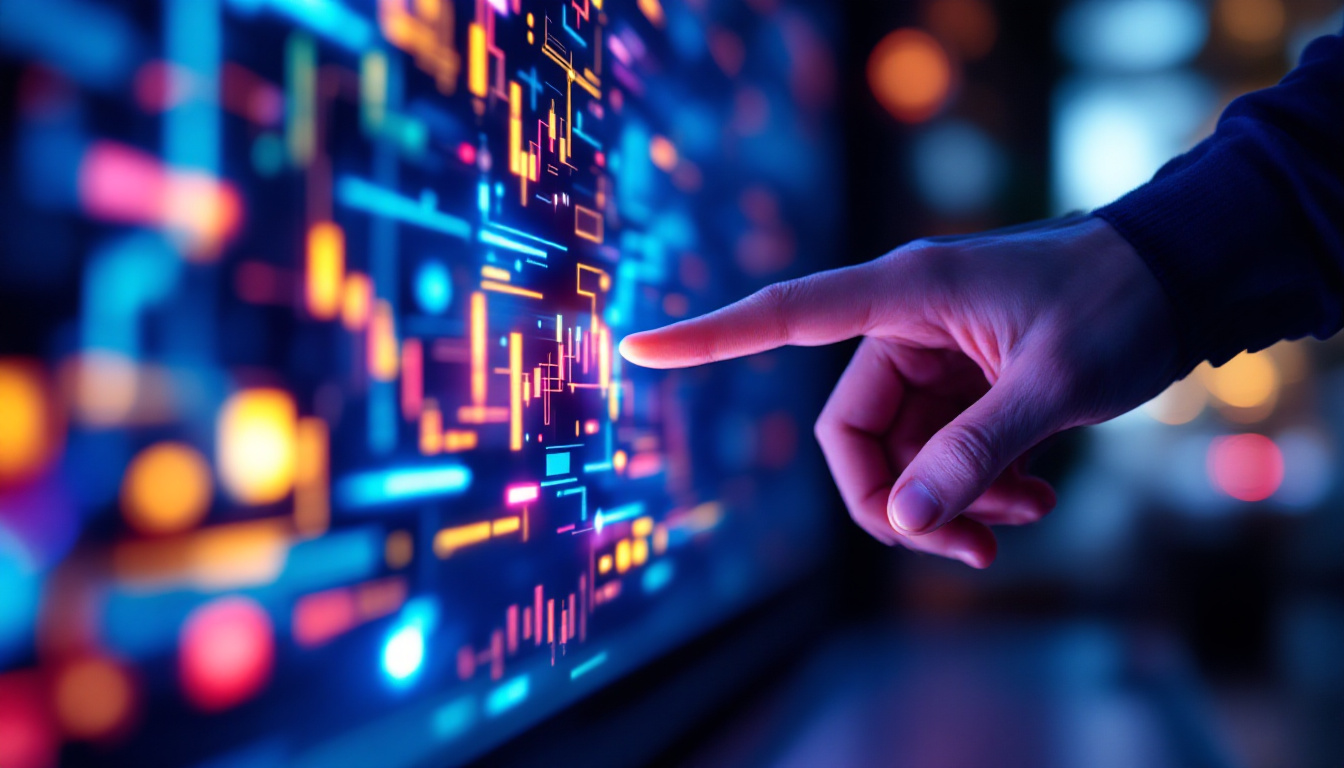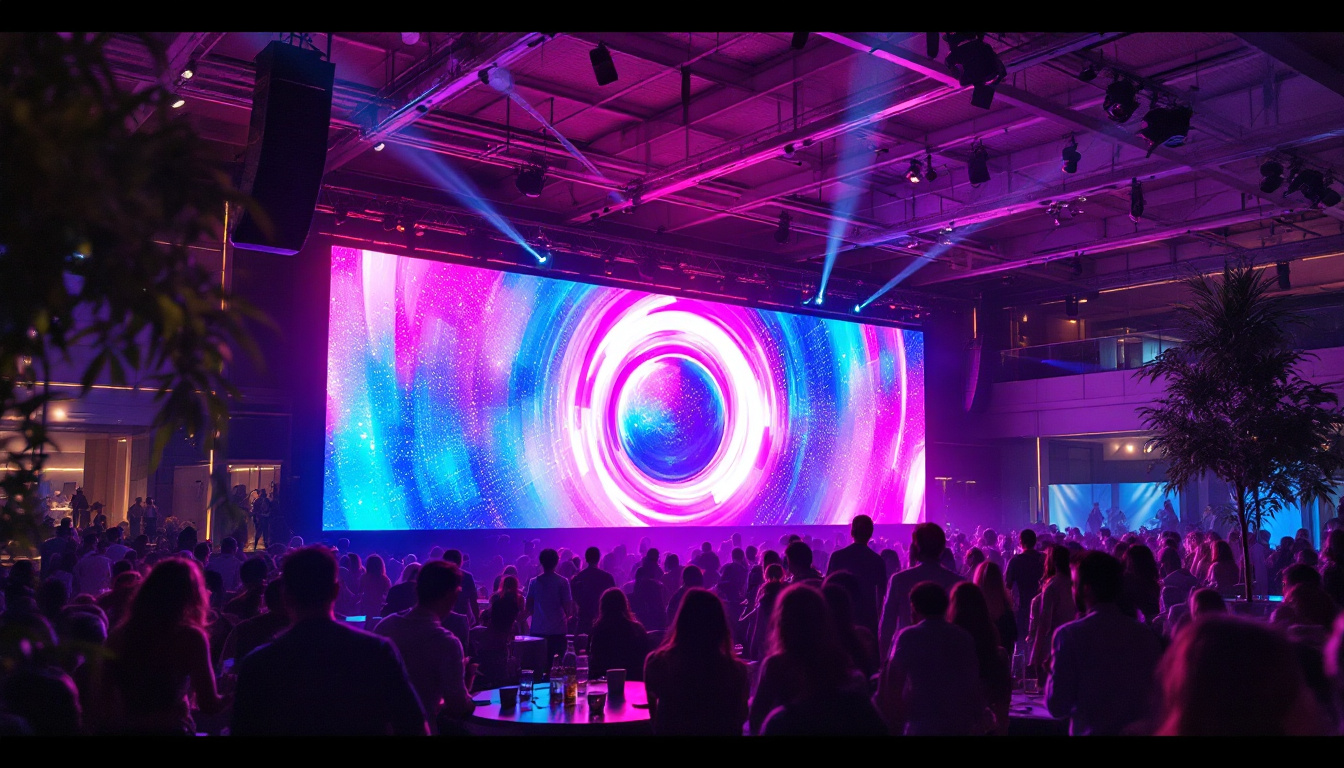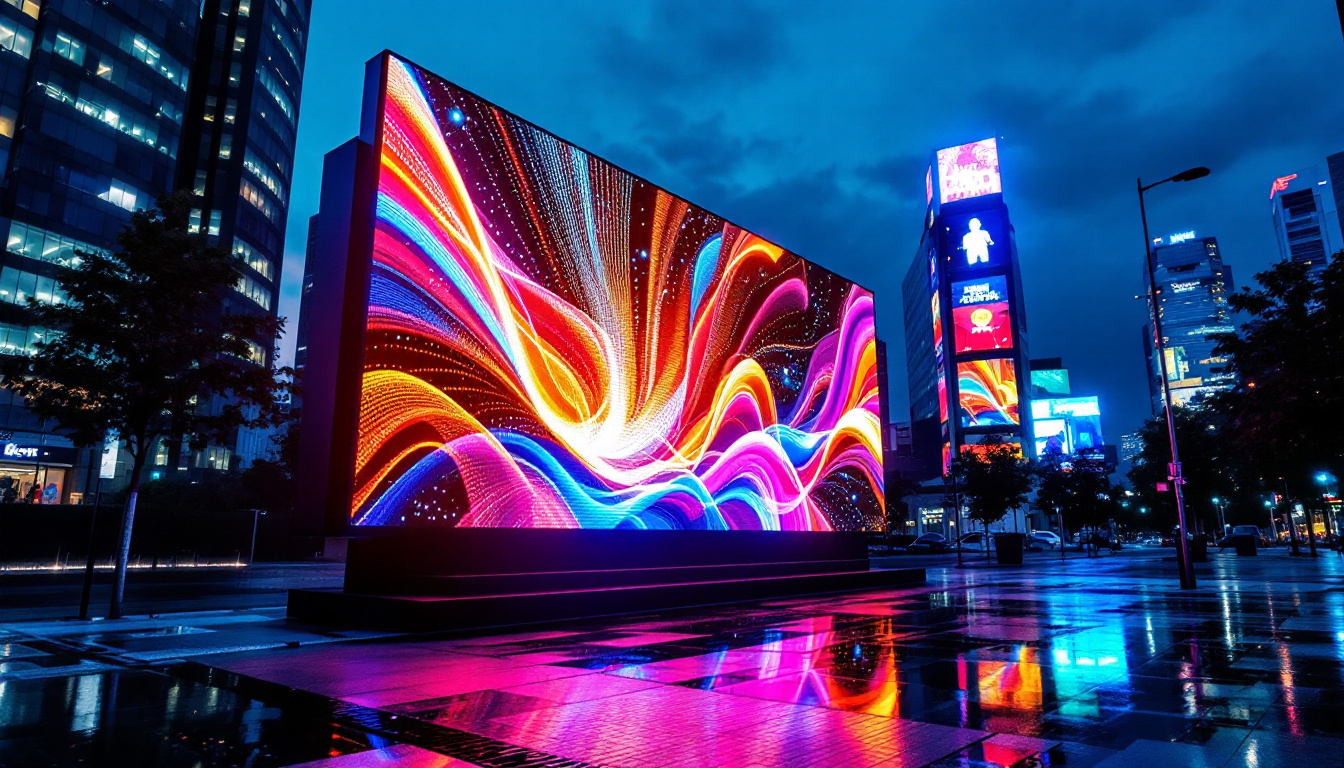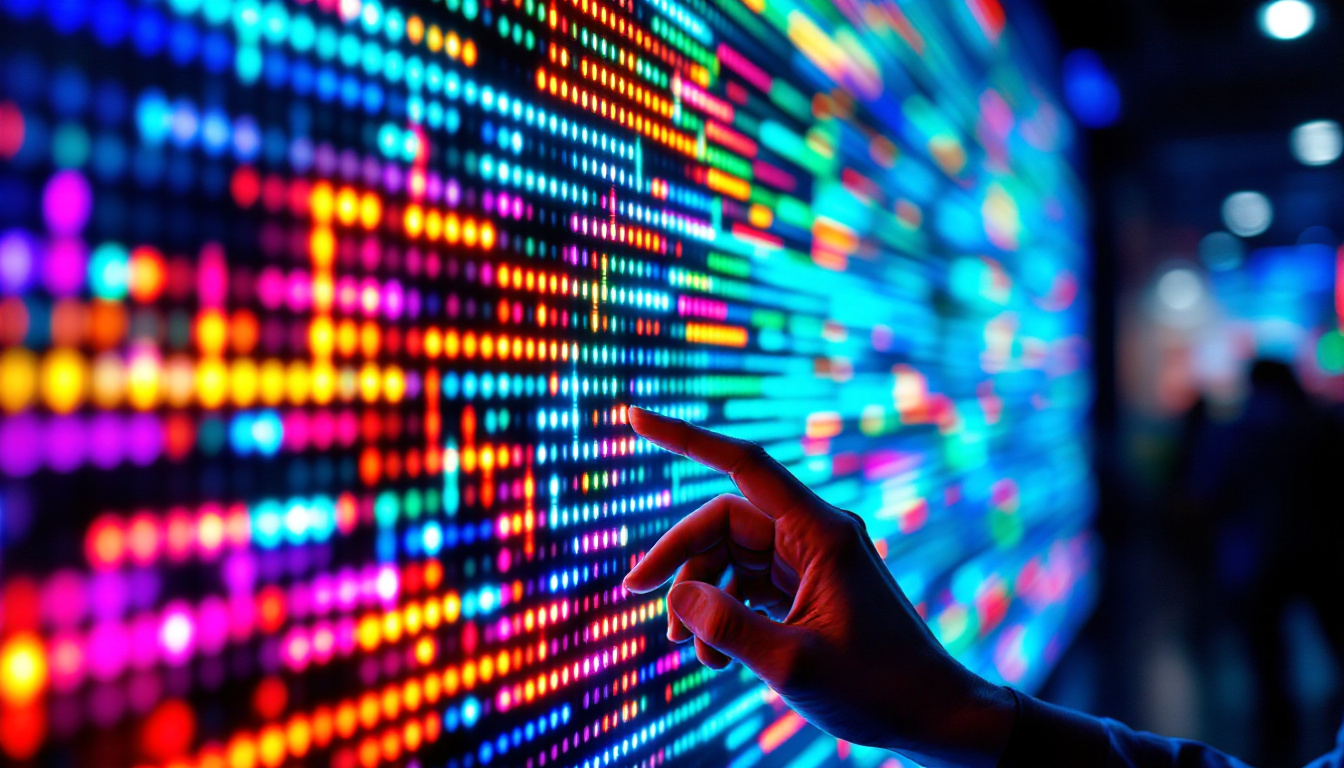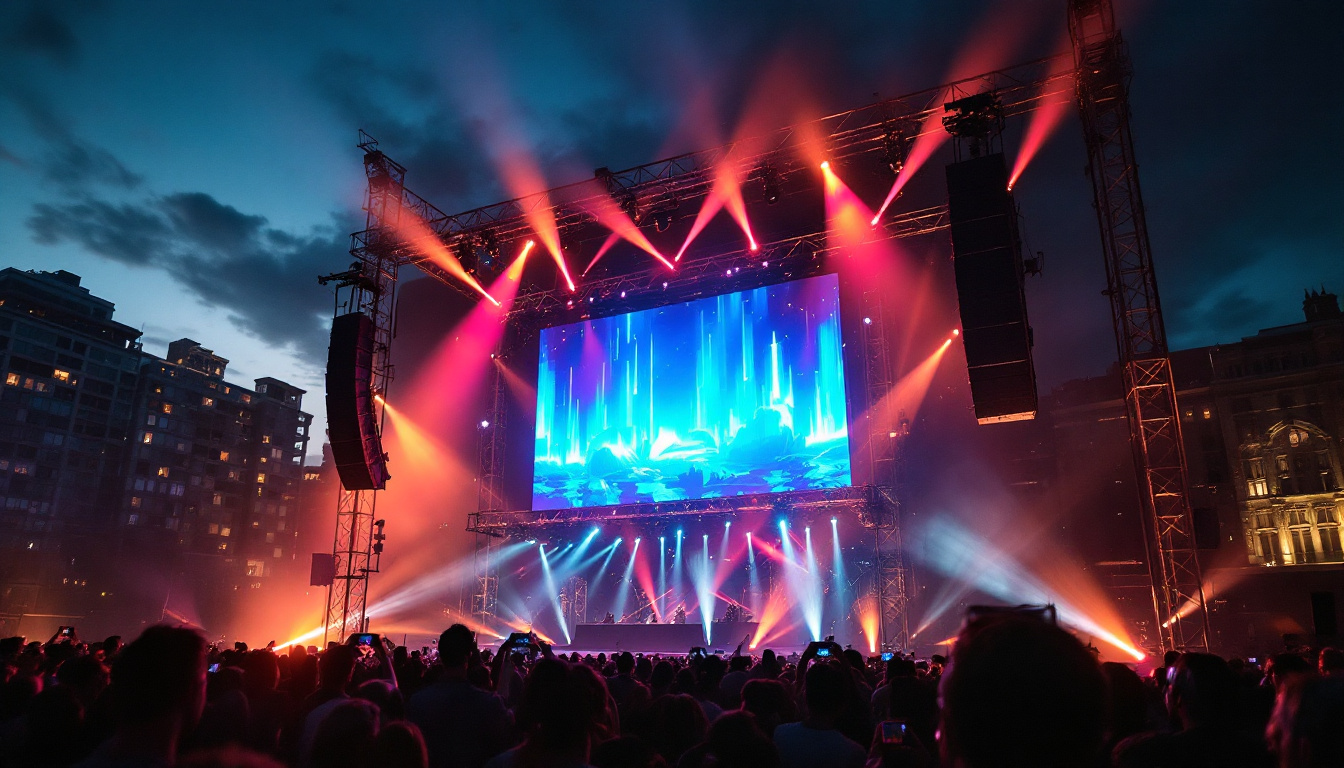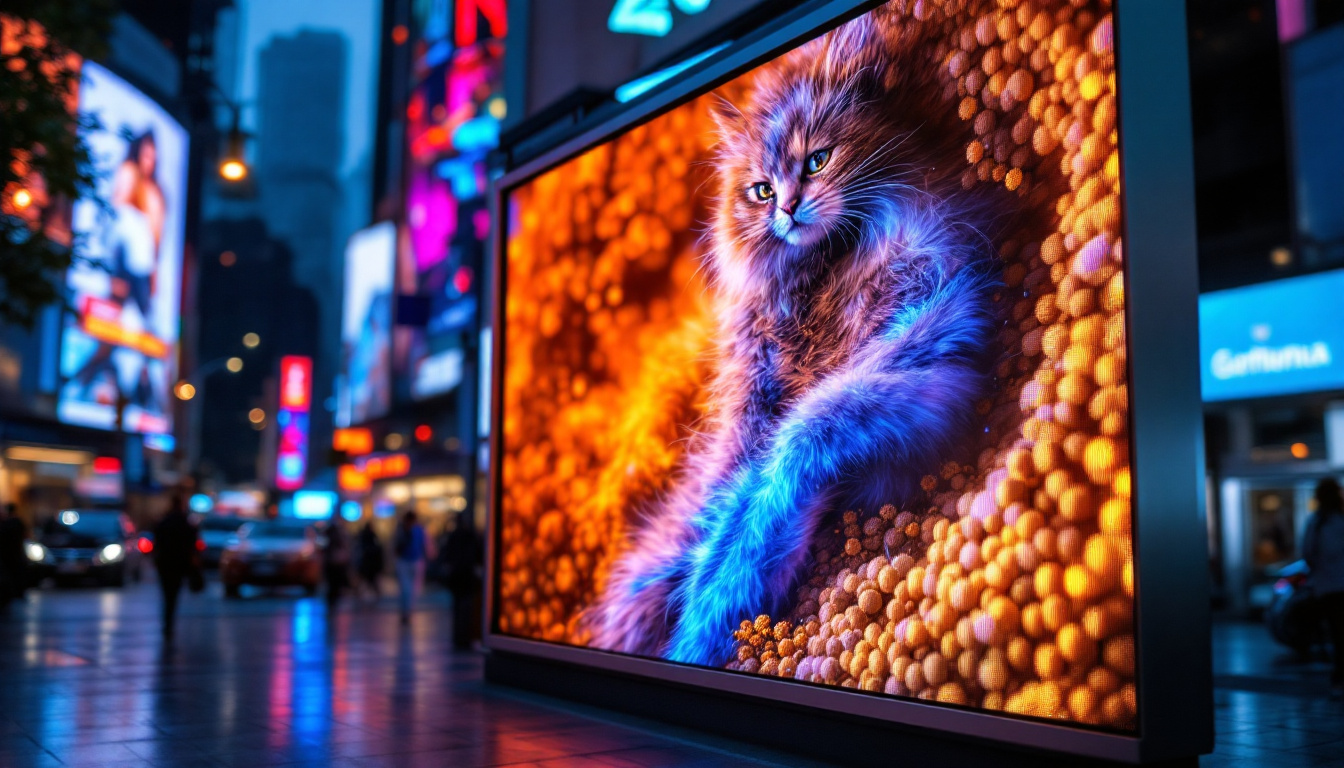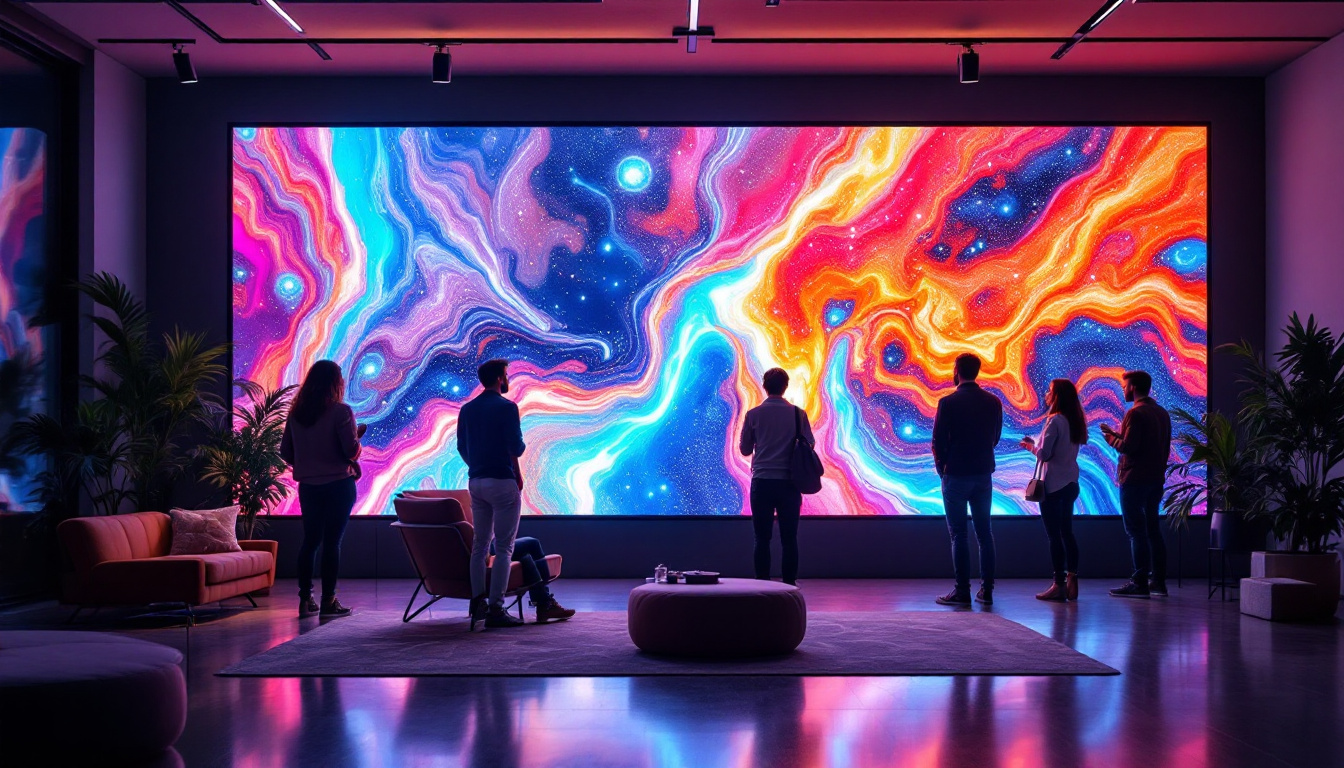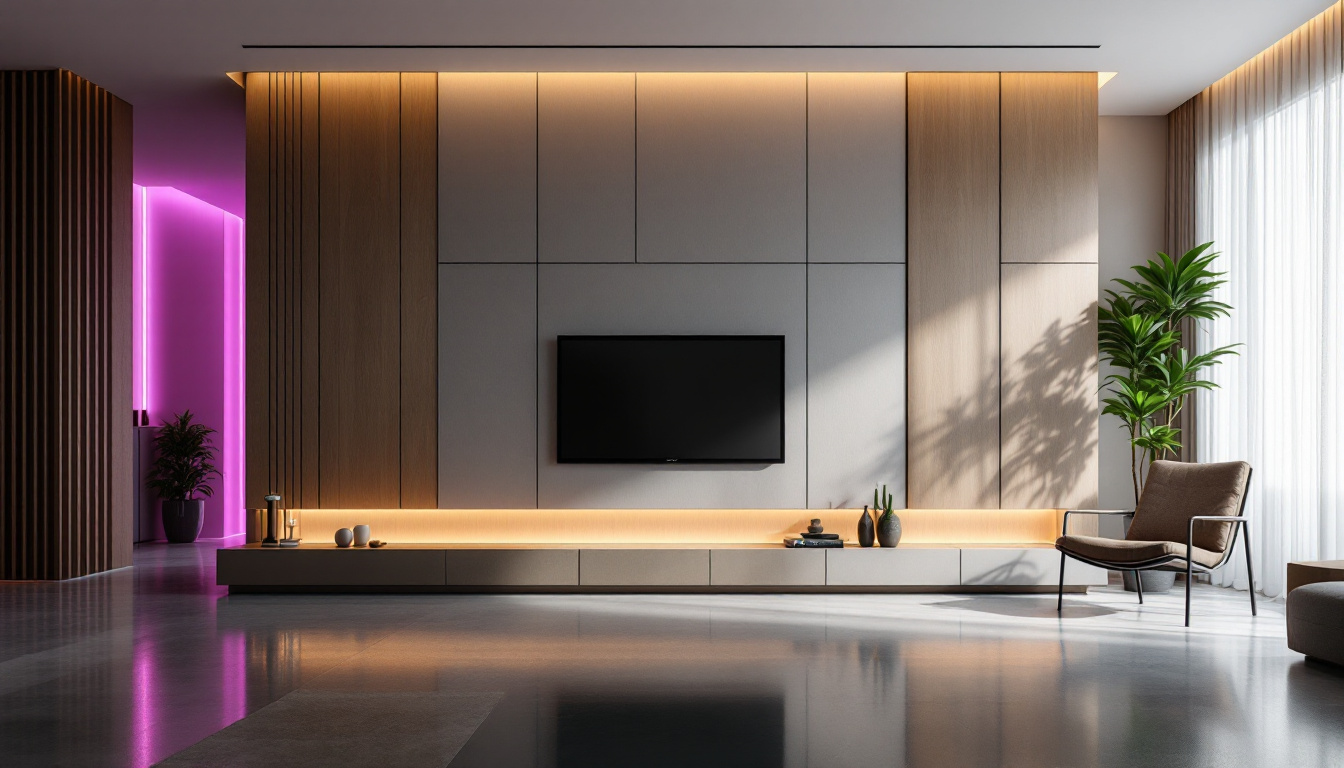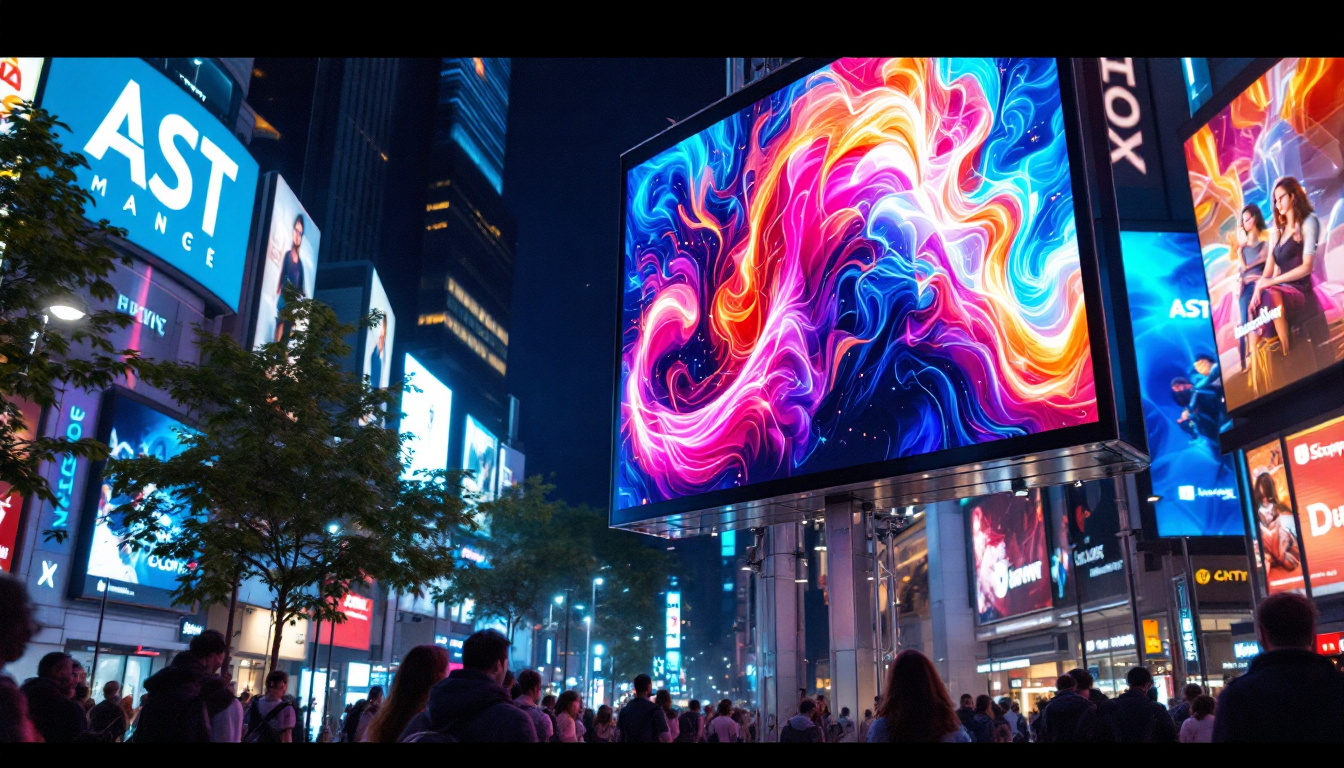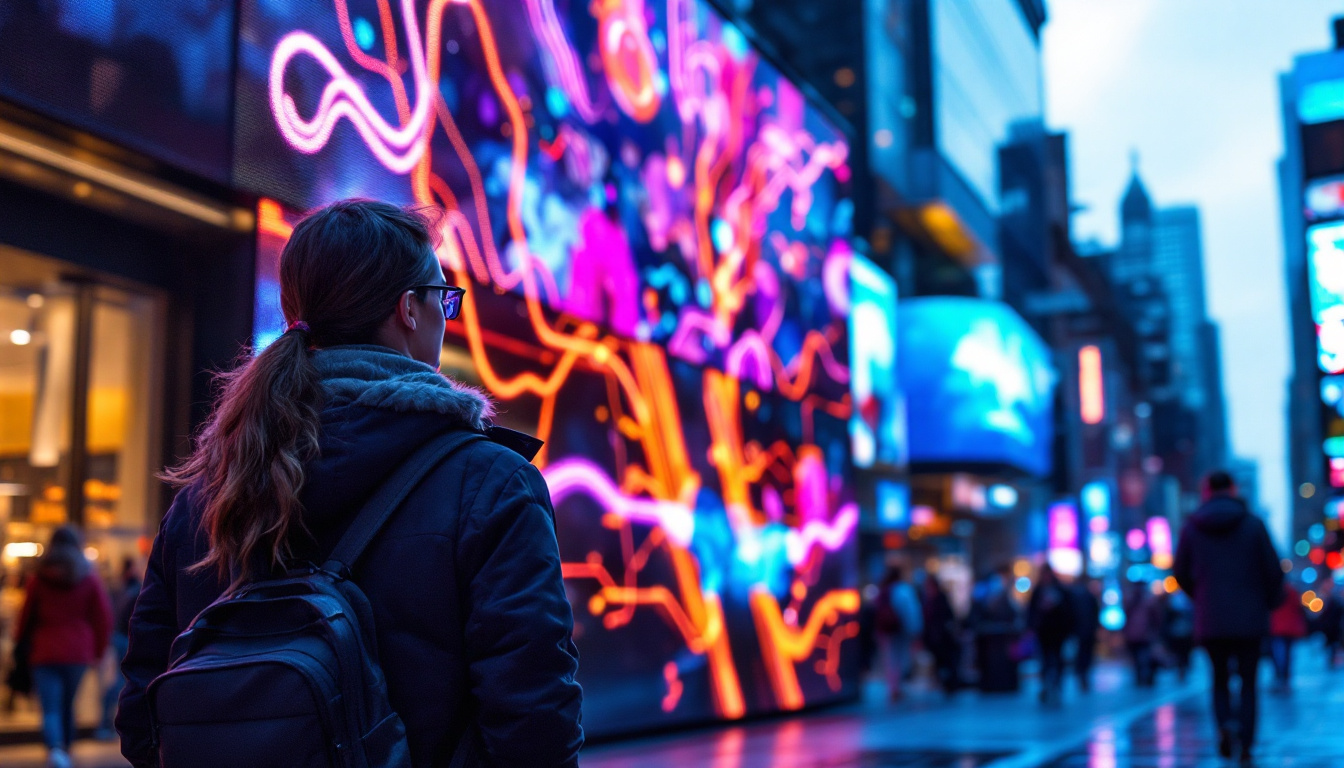In the world of modern technology, LED video panels have emerged as a revolutionary tool for visual communication. These displays are not just a trend; they represent a significant leap in how information is conveyed, whether in advertising, entertainment, or public information systems. This article delves into the intricacies of LED displays, exploring their components, applications, and the future of this vibrant technology.
Understanding LED Technology
Light Emitting Diodes (LEDs) are semiconductor devices that emit light when an electric current passes through them. This technology has transformed the landscape of display systems, offering numerous advantages over traditional display methods. From energy efficiency to longevity, LEDs have become the preferred choice in various applications, ranging from household lighting to large-scale advertising displays.
How LEDs Work
At the core of LED technology is the principle of electroluminescence. When electrons recombine with holes in a semiconductor, energy is released in the form of photons, producing light. This process is efficient, allowing LEDs to consume less power while providing brighter and more vibrant colors compared to conventional incandescent or fluorescent lights. The materials used in the semiconductor, such as gallium nitride or indium gallium phosphide, play a crucial role in determining the color of the emitted light, enabling a wide spectrum of hues that can be achieved with precision.
LEDs can be combined in various configurations to create displays of different sizes and resolutions. The arrangement of these diodes determines the overall quality and clarity of the image being displayed. A higher density of LEDs results in better resolution and more detailed visuals. Additionally, advancements in technology have led to the development of features such as dynamic brightness adjustment and color calibration, ensuring that the displays maintain their quality under varying environmental conditions, which is particularly important for outdoor applications.
Types of LED Displays
LED displays can be categorized into several types based on their configuration and application. The most common types include:
- Direct View LED Displays: These are made up of individual LED modules that are directly visible to the audience. They are often used in large outdoor screens and billboards. Their ability to produce high brightness levels makes them suitable for viewing in direct sunlight, ensuring that the content remains vibrant and legible.
- LED Video Walls: Composed of multiple LED panels tiled together, video walls are ideal for creating large, immersive displays in venues like stadiums and concert halls. These setups can display synchronized content across multiple screens, providing a seamless viewing experience that captivates audiences.
- Transparent LED Displays: These innovative displays allow for visibility through the screen, making them perfect for retail environments where product visibility is essential. By integrating transparent LEDs into storefront windows, businesses can showcase their products while simultaneously advertising, creating a unique blend of functionality and marketing.
In addition to these common types, there are also specialized LED displays designed for niche applications. For instance, flexible LED displays can be bent or shaped to fit unconventional spaces, making them ideal for creative installations and artistic displays. Furthermore, advancements in micro-LED technology are paving the way for even smaller, more efficient displays that promise to revolutionize everything from smartphones to large-scale digital signage. As the technology continues to evolve, the potential applications for LED displays seem virtually limitless, opening new avenues for creativity and innovation in visual communication.
Applications of LED Video Panels
LED video panels have found their way into various sectors, each benefiting from the unique features of this technology. From advertising to entertainment, the applications are vast and varied.
Advertising and Marketing
One of the most prominent uses of LED video panels is in advertising. Brands leverage these displays to capture attention with dynamic and colorful content. Billboards and storefronts equipped with LED panels can showcase high-definition videos and animations, making advertisements more engaging and effective.
Moreover, the ability to update content in real-time allows businesses to respond quickly to market trends or promote time-sensitive offers, enhancing their advertising strategies. This flexibility not only maximizes the impact of marketing campaigns but also allows for targeted advertising based on audience demographics and behavior, ensuring that the right message reaches the right people at the right time. As a result, companies can see a significant increase in foot traffic and sales conversions when utilizing LED technology effectively.
Entertainment and Events
In the entertainment industry, LED video panels have become a staple. Concerts, festivals, and live events utilize these displays to create stunning visual experiences. They can be used for backdrops, stage designs, and even interactive installations, enhancing the overall atmosphere of the event.
Additionally, sports arenas employ LED panels for scoreboards, replays, and fan engagement, providing spectators with an immersive experience that traditional displays cannot match. These panels can also be synchronized with audio and lighting systems, creating a cohesive and exhilarating environment that captivates audiences. For instance, during halftime shows or special performances, LED panels can transform the venue into a vibrant spectacle, making every moment memorable for attendees. The versatility of LED technology allows event organizers to push creative boundaries, resulting in unique and unforgettable experiences.
Corporate and Educational Use
LED video panels are increasingly being adopted in corporate environments for presentations, conferences, and training sessions. Their clarity and brightness ensure that information is conveyed effectively, even in large venues.
Educational institutions also benefit from LED displays, utilizing them for interactive learning experiences. Whether in classrooms or auditoriums, these panels can facilitate better engagement and comprehension among students. With the integration of multimedia content, educators can present complex concepts in a more digestible format, fostering an environment that encourages participation and collaboration. Furthermore, schools and universities are beginning to use LED panels for announcements and event promotions, ensuring that important information is communicated efficiently to students and faculty alike. This adaptability not only enhances the learning experience but also prepares students for a technology-driven world, where digital literacy is increasingly essential.
Advantages of LED Video Panels
The rise of LED video panels can be attributed to their numerous advantages over traditional display technologies. Understanding these benefits is crucial for businesses and organizations considering an investment in this technology.
Energy Efficiency
One of the standout features of LED technology is its energy efficiency. LED panels consume significantly less power than traditional displays, resulting in lower operational costs. This is particularly beneficial for businesses that operate large displays continuously, such as in advertising or public information systems.
Durability and Longevity
LED panels are built to last. They are more durable than other display technologies, resistant to shock and vibration, making them ideal for outdoor use. Additionally, LED displays have a longer lifespan, often exceeding 100,000 hours of use, which translates to years of reliable performance.
High-Quality Visuals
LED video panels offer superior image quality, with vibrant colors and high contrast ratios. This ensures that content is displayed clearly, even in bright sunlight or well-lit environments. The ability to produce deep blacks and bright whites enhances the overall viewing experience, making LED displays a preferred choice for many applications.
Challenges and Considerations
Despite their many advantages, LED video panels are not without challenges. Understanding these potential drawbacks is essential for making informed decisions.
Initial Cost
The initial investment for LED video panels can be substantial. While prices have decreased over the years, high-quality panels still represent a significant expenditure for many businesses. However, it is crucial to consider the long-term savings in energy costs and maintenance when evaluating the overall value.
Installation and Maintenance
Installing LED panels requires careful planning and expertise. Depending on the size and complexity of the installation, professional assistance may be necessary. Additionally, while LED panels are durable, they can require maintenance over time, especially in outdoor environments where exposure to the elements can lead to wear and tear.
Content Management
Creating and managing content for LED displays can be a challenge. Businesses need to invest in software and training to ensure that their content is engaging and effectively tailored to the audience. Regular updates are essential to keep the display relevant and fresh, which can require ongoing resources.
The Future of LED Video Panels
As technology continues to evolve, so too does the potential for LED video panels. Innovations in this field are paving the way for even more exciting applications and capabilities.
Advancements in Technology
Recent advancements in LED technology, such as MicroLED and MiniLED, promise to deliver even higher resolutions and better color accuracy. These technologies allow for smaller pixel pitches, resulting in displays that are not only more compact but also capable of producing stunning visuals that were previously unattainable.
Integration with Smart Technology
As the world becomes increasingly interconnected, the integration of LED displays with smart technology is on the rise. This includes the use of artificial intelligence for content management, enabling displays to adapt in real-time based on audience engagement or environmental factors.
Sustainability Considerations
With growing awareness of environmental issues, the demand for sustainable technology is rising. LED manufacturers are exploring ways to make their products more eco-friendly, from using recycled materials to improving energy efficiency. This shift towards sustainability will likely influence future developments in LED video panels.
Conclusion
LED video panels represent a significant advancement in display technology, offering a multitude of benefits across various sectors. Their energy efficiency, durability, and high-quality visuals make them an attractive option for businesses and organizations looking to enhance their communication strategies.
While challenges exist, the ongoing advancements in LED technology and the increasing integration with smart systems present a promising future. As industries continue to embrace this vibrant technology, LED video panels will undoubtedly play a crucial role in shaping the way information is shared and experienced.
In conclusion, understanding LED displays is essential for anyone looking to leverage this technology effectively. Whether for advertising, entertainment, or education, LED video panels offer a dynamic solution that can transform how messages are communicated and perceived.
Explore Cutting-Edge LED Display Solutions with LumenMatrix
Ready to elevate your visual communication strategy with the latest in LED display technology? Discover LumenMatrix’s extensive range of innovative LED display modules, designed to captivate your audience and amplify your message. From Indoor and Outdoor LED Wall Displays to specialized solutions like Vehicle LED Displays, LED Sports Displays, and Custom LED Displays, LumenMatrix is committed to revolutionizing the way businesses engage with their customers. Experience the transformative power of LED displays and check out LumenMatrix LED Display Solutions today to see how we can help you create unforgettable visual experiences.

